A dishwasher is a household appliance used for automatically washing dishes. It typically consists of a tub where the dishes are placed, racks to hold the dishes in place, a water pump to circulate water and detergent, and various jets and sprayers to clean the dishes. Dishwashers can be installed as standalone units or built into kitchen cabinets. They save time and effort compared to handwashing dishes and are commonly found in kitchens around the world.
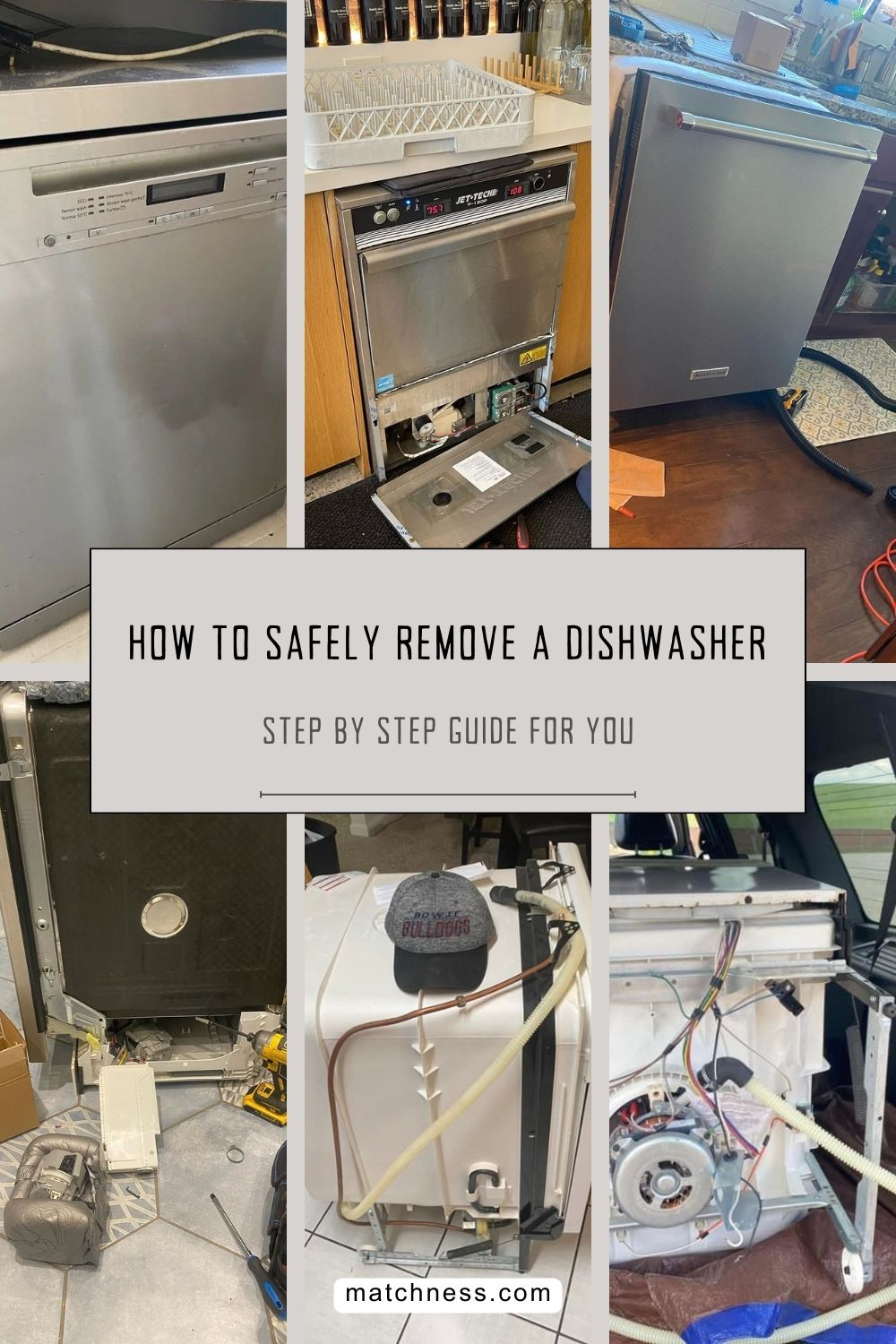
Anyway, we need to remove the dishwasher, sometimes. You can ask the professionals but in case you want to remove it yourself, then it will surely be possible. There are several reasons why someone might need to remove a dishwasher, such as:
Replacement
If the dishwasher is old, malfunctioning, or needs an upgrade, it may be necessary to remove it to install a new one.
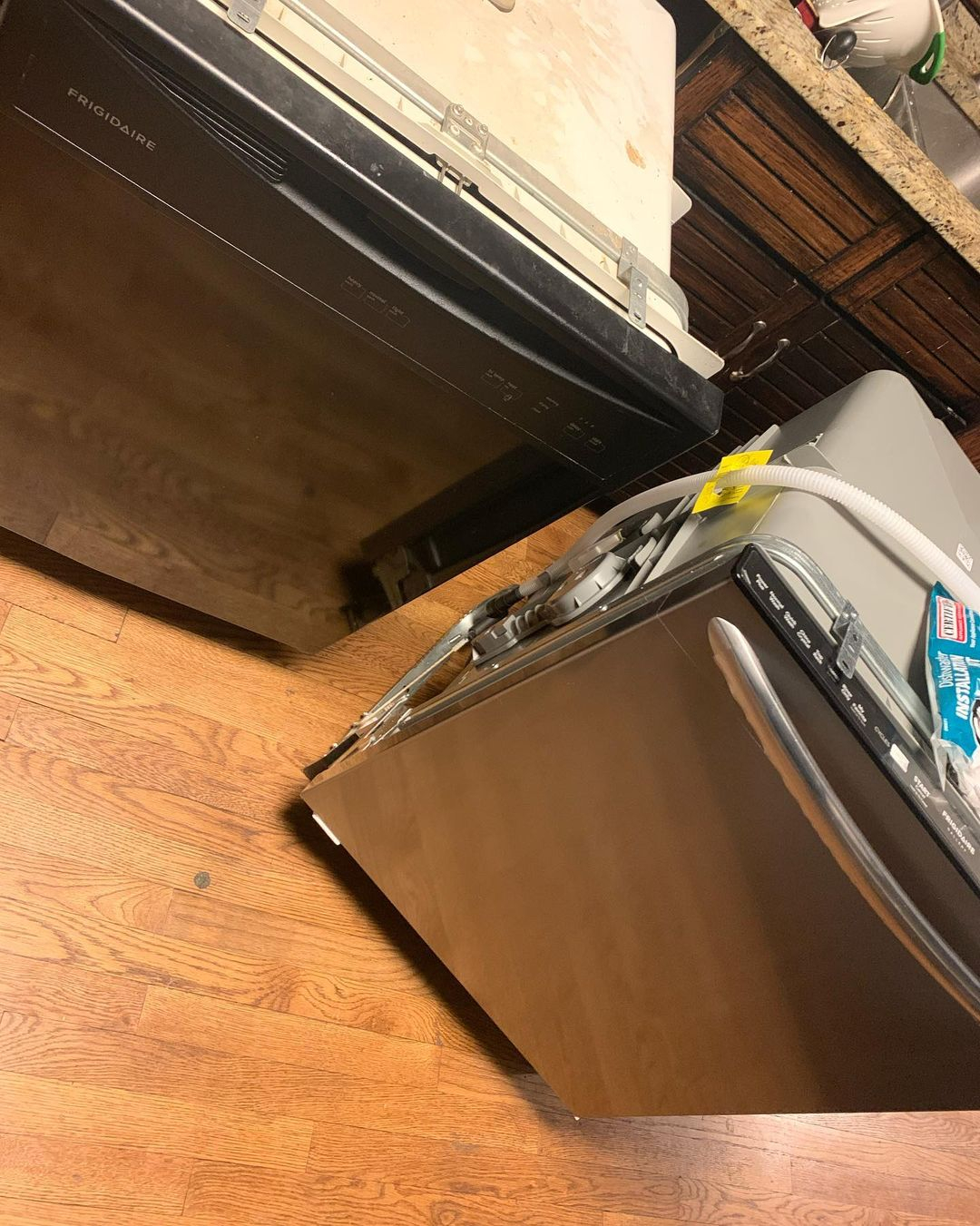
In replacing the dishwasher with the new one, it is better for you to close both dishwashers so that you can reinstall the water drain hose, water supply, etc. Dishwasher Replacement from @jfix_it
Renovation
During kitchen renovations or remodeling projects, removing the dishwasher may be necessary to access plumbing or to reconfigure the layout.
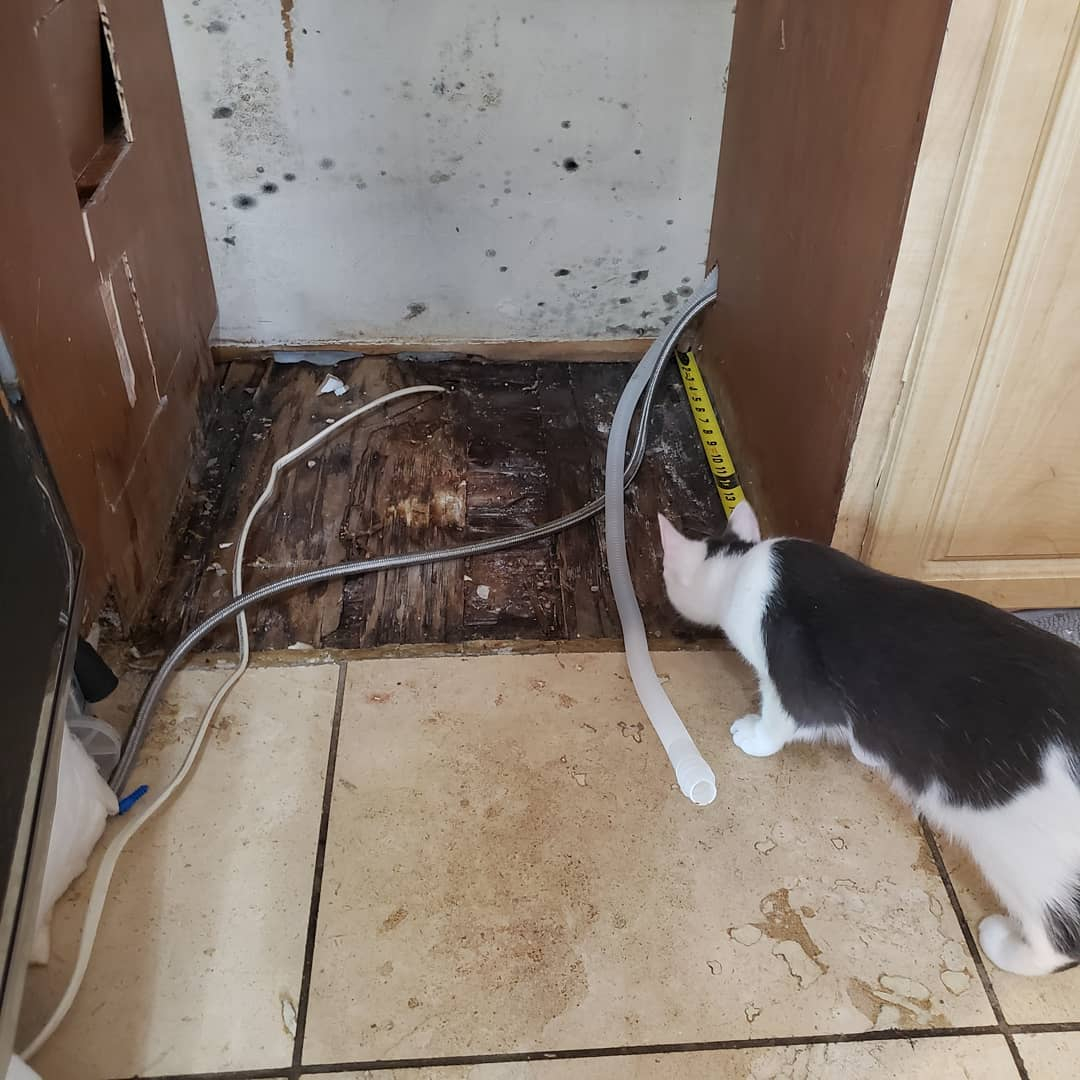
The renovation of the countertop might be done because you need to get a new look for your kitchen or it should be repaired because the leak may occur just like the condition that we have in this image. Countertop Renovation from @builtbybradinbuffalo
Repair
For repairs that require access to the internal components of the dishwasher, such as fixing leaks or replacing parts, it may be necessary to remove the dishwasher from its installed location.
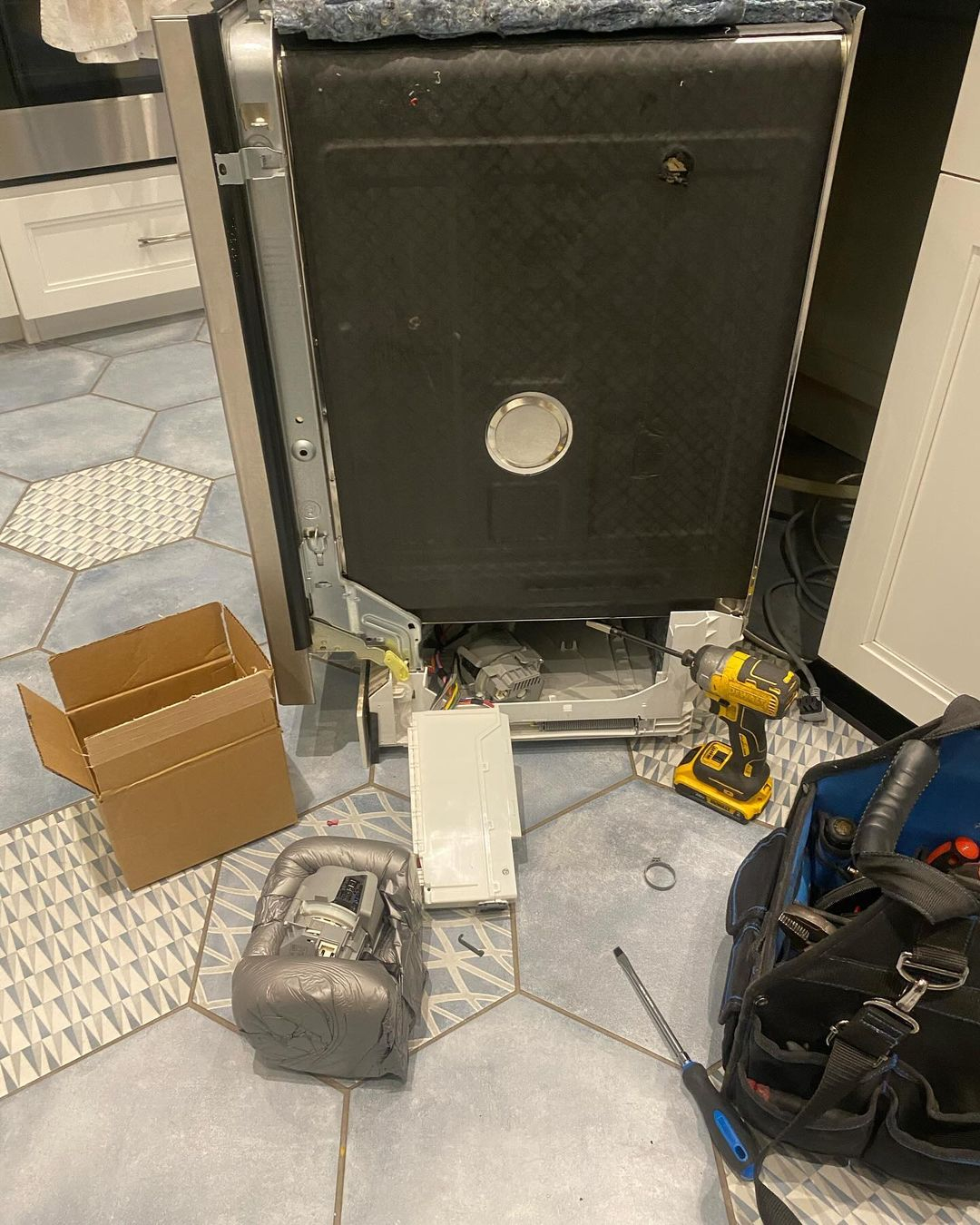
This one is an example of internal component repair. You won’t be able to deal with this problem if you don’t remove the dishwasher. Dishwasher Repair from @jetappliancerepair_llc
Moving
When moving to a new home or relocating the dishwasher within the same home, it may need to be removed from its current location.

In removing the dishwasher to a new location, you should cover the surface of the car with waterproof material because it may cause a leak. Also, there are some sharp components that may destroy the car. Dishwasher Moving from @masonicnupe7
Cleaning
Periodically, it’s a good idea to clean behind and underneath the dishwasher to prevent the buildup of debris and mold, which may require temporarily removing it.
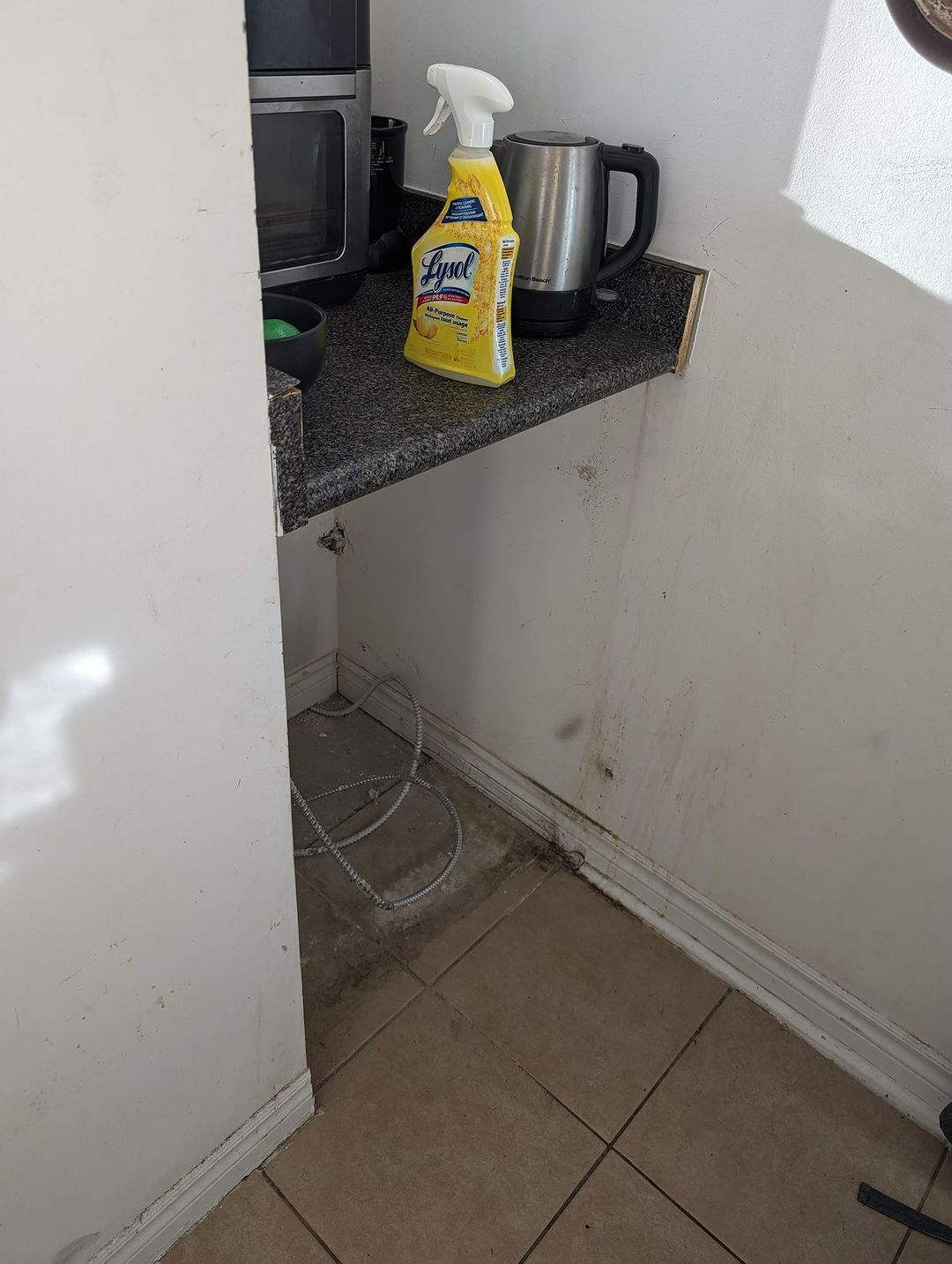
Look at how dirty the space is behind and under the dishwasher. It can cause a bad smell and pests. You can clean this area by using vinegar, other cleaning liquids, and a vacuum cleaner. Dishwasher Cleaning from @petethepetphotographer
Removing a dishwasher involves disconnecting it from its power and water sources, detaching it from the surrounding cabinets, and carefully sliding it out of its space. This process may vary slightly depending on the dishwasher model and how it’s installed, but generally follows these steps:
1. Turn off Power and Water
Before starting any work, make sure to turn off the power supply to the dishwasher at the circuit breaker and shut off the water supply.
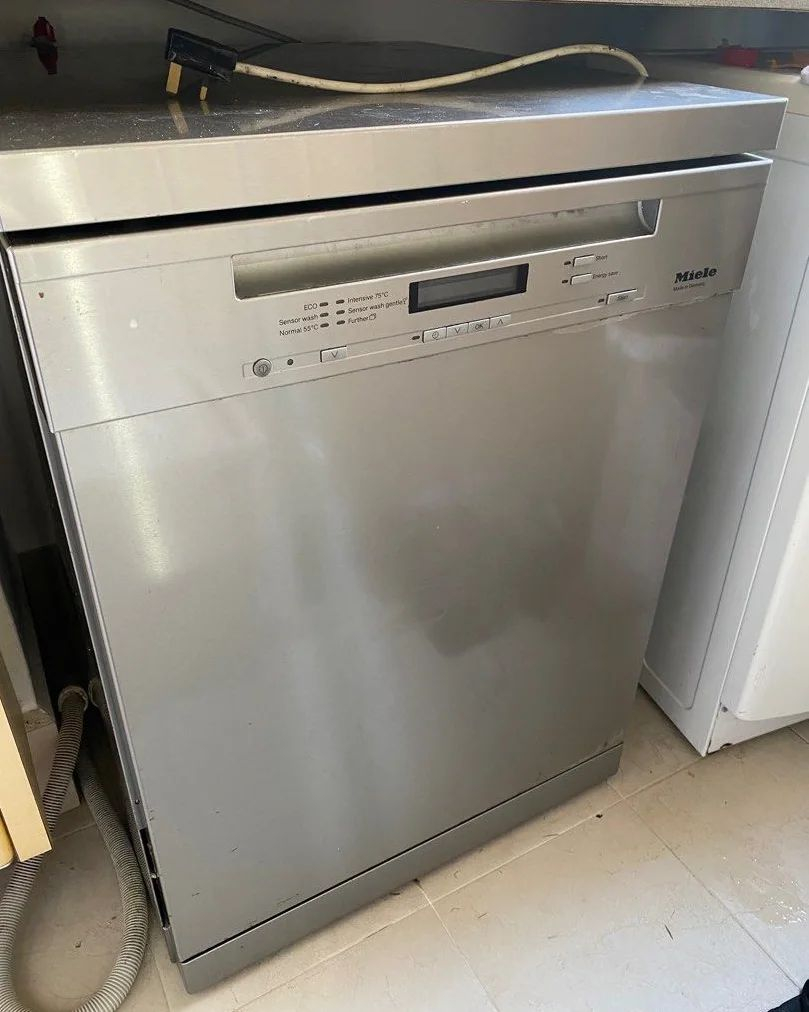
This is the first basic thing that you should do. You can’t forget about this because it influences the safety of the removal process. Turning Off Dishwasher Power from @resales.ke
2. Disconnect Water and Power
Disconnect the water supply line and the power cord or electrical wires. You may need to use pliers or a wrench for this step.

This second process is needed so that you can remove the dishwasher. It will let you able to slide the dishwasher out because there won’t be any connection with the plumbing or countertop area. Disconnecting Power from @thefrontdoorstore
3. Remove Front Panel
If your dishwasher has a front panel, remove it by unscrewing it. This will give you access to the inner workings of the dishwasher.
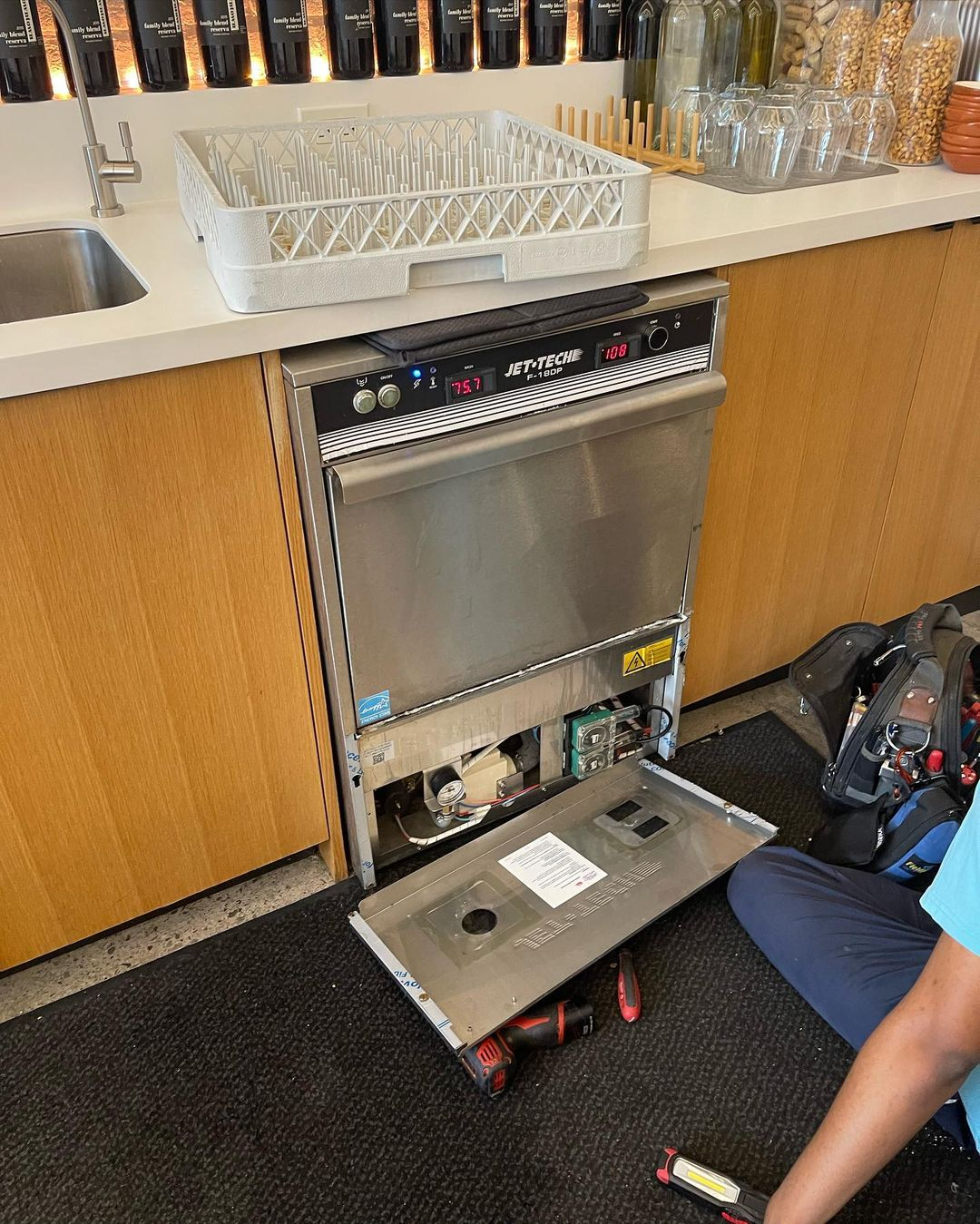
This kind of dishwasher can give you ease in repairing the dishwasher because you don’t need to check it in the back area of the dishwasher. Dishwasher Front Panel from @certified.mechanical
4. Detach Drain Hose
Disconnect the drain hose from the sink drain or garbage disposal. Make sure to have a bucket or towels handy to catch any water that may spill out.

When everything is already disconnected, you can sort out all the wires and hose up so that it won’t cause a leak. Also, you will minimize the damage by sorting them up. Detaching the Drain Hose from @masonicnupe7
5. Slide Out the Dishwasher
Carefully slide the dishwasher out from its space under the countertop. You may need to adjust the leveling legs to make it easier to slide out.
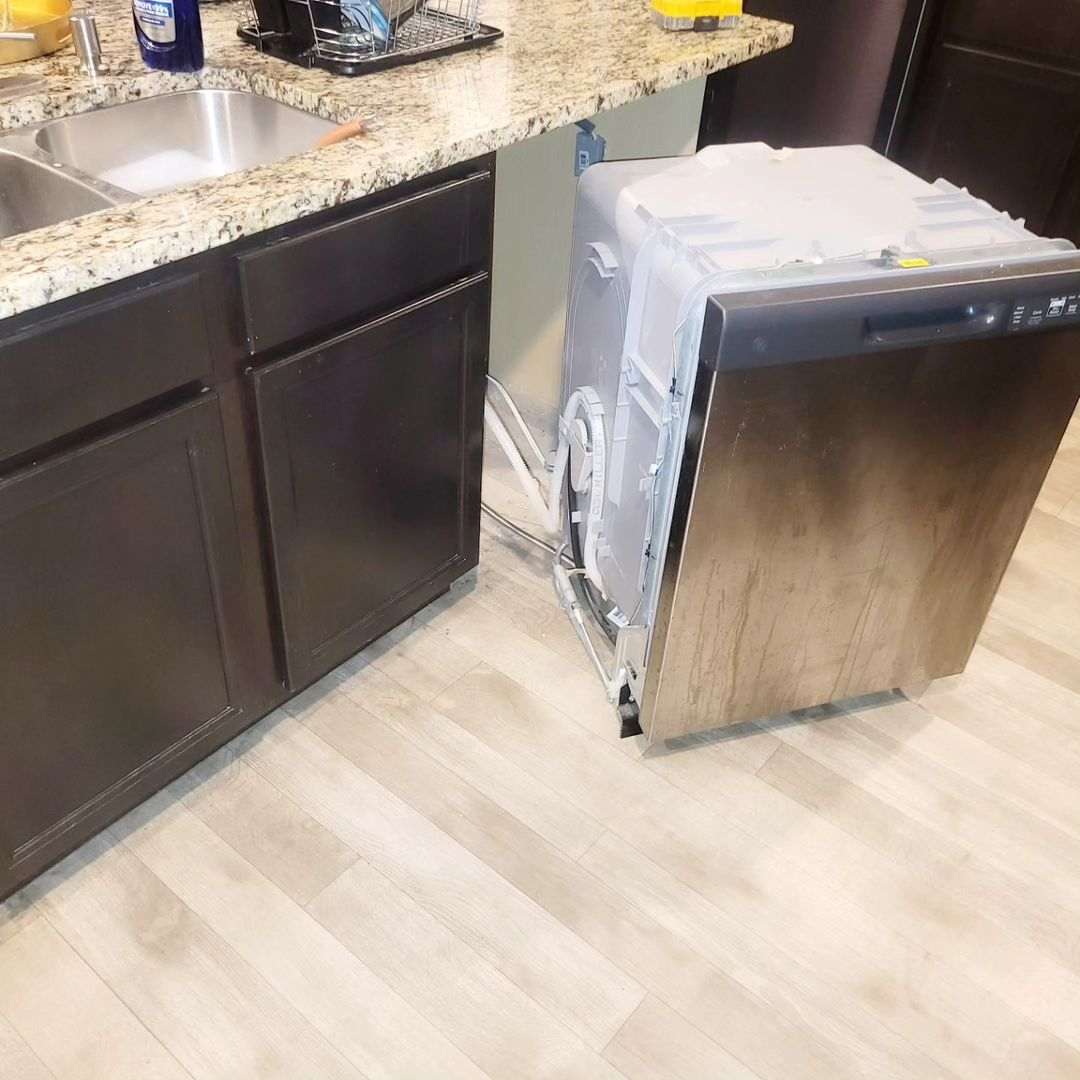
If you don’t need to displace the dishwasher, you don’t need to move it too far with the countertop. It is good so that you don’t have to put too much effort into moving the dishwasher (which is heavy). Dishwasher Sliding Out from @enj163
6. Disconnect Drain Hose
Once the dishwasher is out, disconnect the drain hose from the dishwasher.
7. Remove Mounting Brackets
Depending on how the dishwasher is installed, you may need to remove the mounting brackets securing it to the countertop or cabinets.
8. Lift Out the Dishwasher
With all connections detached, carefully lift the dishwasher out of its space and set it aside.
9. Clean Up
Clean up any water or debris left behind and prepare the space for either a new dishwasher or other use.
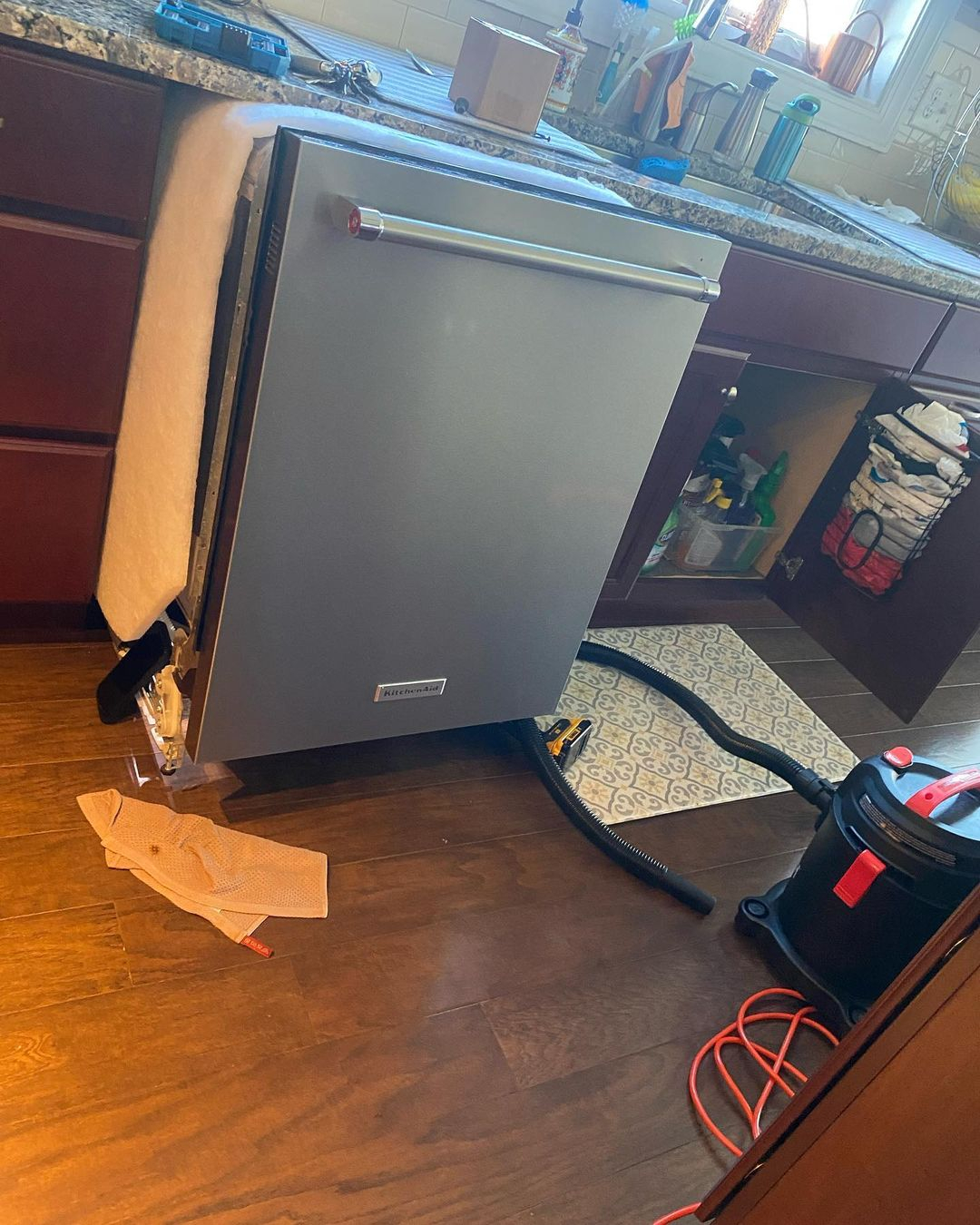
Using a vacuum cleaner is the best way to clean the debris. It can also dry the leak as well. You just have to change the tip of the vacuum cleaner based on your needs. Debris and Water Cleaning from @jetappliancerepair_llc
10. Dispose or Recycle
If you’re replacing the dishwasher, check with your local waste management or recycling center for proper disposal methods.
Remember to refer to your dishwasher’s manual for specific instructions as different models may have slightly different removal processes. If you’re unsure about any steps, it’s always best to consult a professional.




















